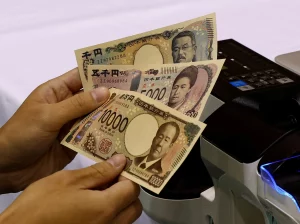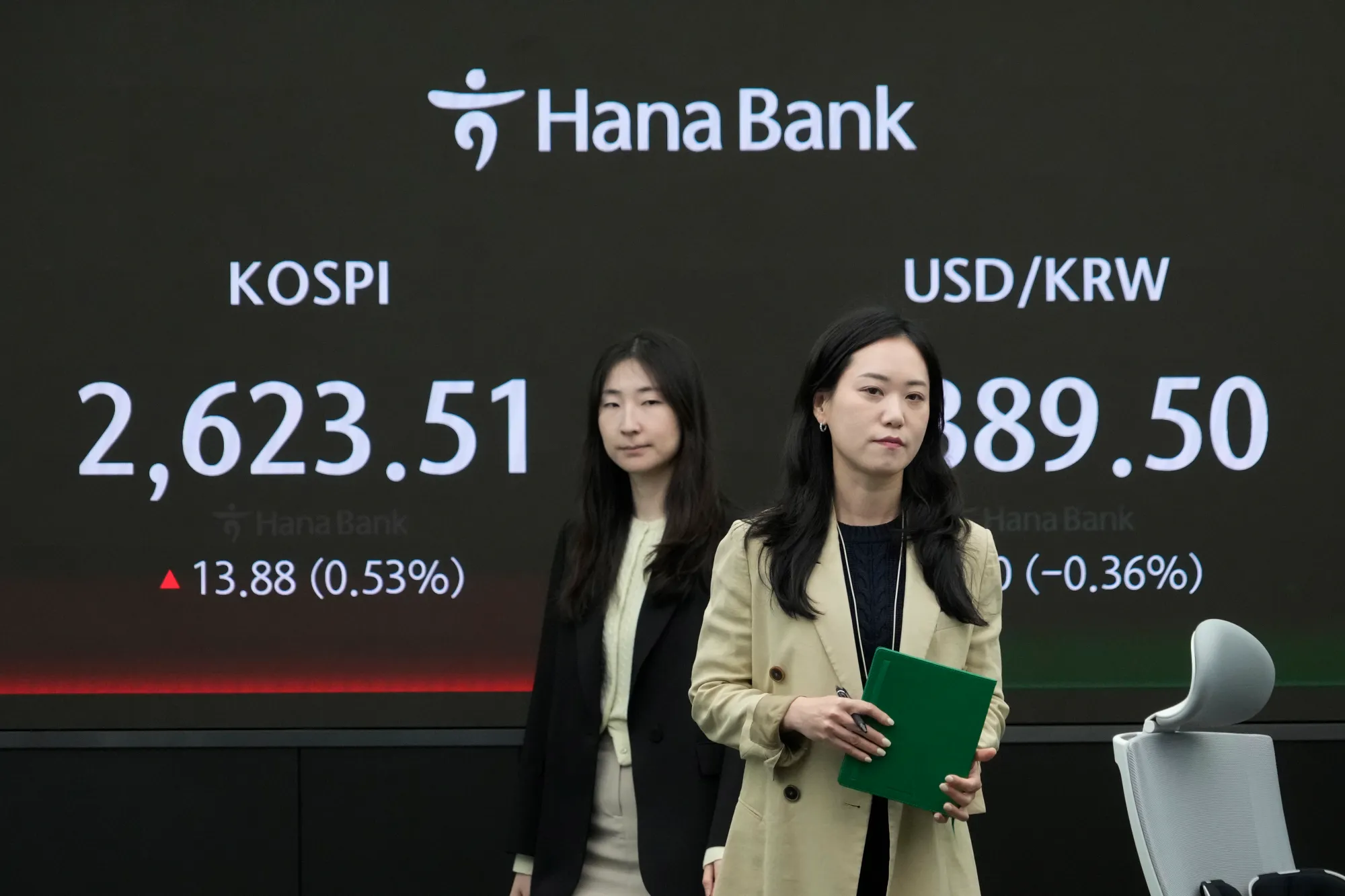Introduction:
Join us in unraveling the intricacies of international finance as we delve into the collaborative efforts of the United States, Japan, and South Korea to address the strengthening of the dollar. In this analysis, we explore the strategies employed by these key players to navigate currency dynamics and foster stability in global markets.
The Dollar’s Rise and Its Implications:

The surge in the value of the US dollar poses challenges for export-oriented economies like Japan and South Korea, impacting trade balances, competitiveness, and economic growth prospects. Understanding the drivers behind the dollar’s ascent is crucial for devising effective policy responses.
Coordinated Intervention: Objectives and Strategies:
The US, Japan, and South Korea engage in coordinated efforts to stabilize exchange rates and prevent excessive currency fluctuations. Through a combination of monetary policy adjustments, market interventions, and communication strategies, these nations seek to mitigate the adverse effects of currency volatility.
United States’ Monetary Policy Outlook:
The Federal Reserve’s monetary policy stance plays a central role in shaping the trajectory of the US dollar. Insights into the Fed’s interest rate decisions, inflation expectations, and economic outlook provide valuable guidance for market participants assessing the dollar’s outlook.
Japan’s Yen Management Approach:
Japan adopts a proactive approach to manage the yen’s strength, employing both conventional and unconventional monetary policy measures. By closely monitoring exchange rate developments and intervening in currency markets when necessary, Japan aims to support export-led growth and price stability.
South Korea’s Response to Exchange Rate Pressures:
South Korea implements measures to address exchange rate pressures and maintain competitiveness in global markets. From fiscal stimulus measures to currency intervention operations, South Korea seeks to balance the impact of currency fluctuations on its export-driven economy.
Market Impact and Investor Sentiment:
The coordinated efforts of the US, Japan, and South Korea influence investor sentiment, market dynamics, and risk appetite. Market participants closely monitor policy announcements, central bank actions, and economic data releases for insights into currency movements and investment opportunities.
Long-Term Implications and Future Trends:
As global economic conditions evolve, the long-term implications of currency stabilization efforts remain subject to various factors, including geopolitical developments, trade dynamics, and monetary policy divergence. Anticipating future trends in currency markets requires a nuanced understanding of macroeconomic fundamentals and policy dynamics.
Visual Table for Key Points:
| Key Points | Description |
|---|---|
| The Dollar’s Rise and Its Implications | Overview of the challenges posed by the strengthening of the US dollar and its implications for global markets. |
| Coordinated Intervention | Discussion on the objectives and strategies of coordinated intervention efforts by the US, Japan, and South Korea. |
| United States’ Monetary Policy Outlook | Analysis of the Federal Reserve’s monetary policy outlook and its impact on the trajectory of the US dollar. |
| Japan’s Yen Management Approach | Examination of Japan’s approach to managing the yen’s strength and supporting export-led growth. |
| South Korea’s Response | Insights into South Korea’s response to exchange rate pressures and efforts to maintain competitiveness. |
| Market Impact and Investor Sentiment | Consideration of the market impact and investor sentiment influenced by currency stabilization efforts. |
| Long-Term Implications and Future Trends | Discussion on the long-term implications and future trends in currency markets amid evolving economic conditions. |
Through comprehensive analysis, we uncover the collaborative strategies employed by the US, Japan, and South Korea to navigate currency dynamics and promote stability in global markets amidst the dollar’s rise. Understanding these efforts provides valuable insights for investors, policymakers, and stakeholders navigating the complex landscape of international finance.




